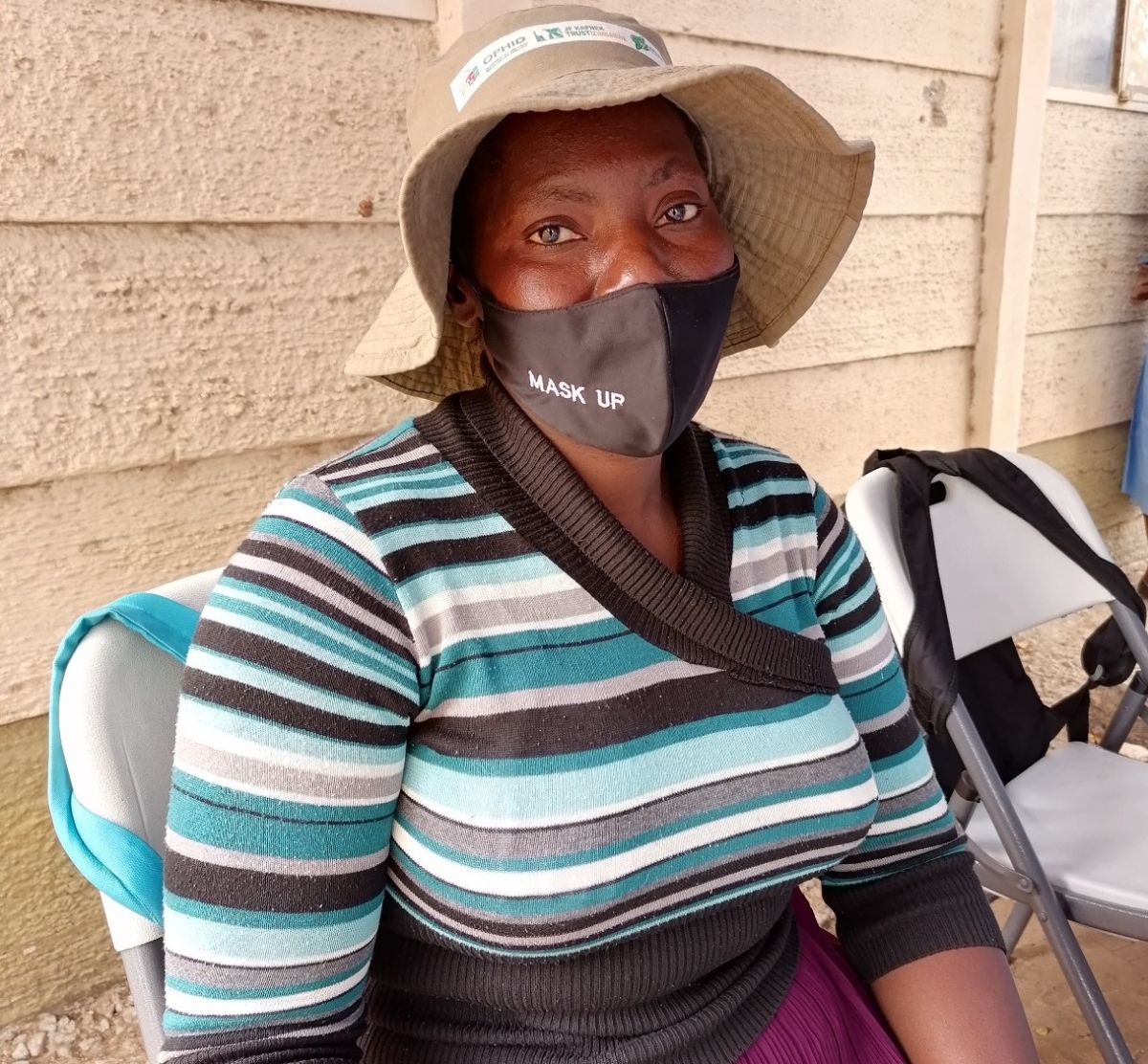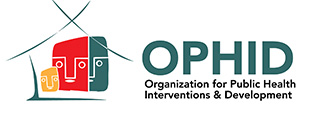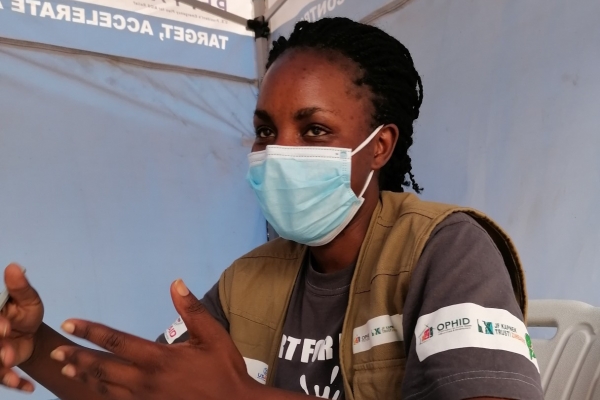People living with HIV (PLHIV), require a range of services including clinical, adherence support, mental health, psychosocial support, and economic strengthening. HIV affects different aspects of one’s life, and support services are required for PLHIV to take up HIV care and treatment services, adhere to antiretroviral therapy (ART), and attain the highest possible state of health.
With support from PEPFAR through USAID Zimbabwe, the OPHID consortium [OPHID, J.F Kapnek and Zimbabwe National Network of People living with HIV (ZNNP+)] implements the Target, Accelerate and Sustain Quality Care (TASQC) for HIV epidemic control in 15 districts in Zimbabwe. The TASQC program engages community health workers known as community outreach agents (COAs). The COAs are involved in community tracking and tracing of clients who miss scheduled appointments, HIV self-test kit distribution to contacts of index cases and other community responsibilities. The COAs are supervised by a COA coordinator (COAC) and are all under the supervision of a community health services nurse (CHSN).
Dorcas Chimbiro, a Community Health Services Nurse in the TASQC program in Beitbridge district works with 36 COAs and some of them live with HIV. She noticed that while the COAs involvement contributed greatly to the HIV epidemic control efforts of the TASQC program, the COAs neglected taking care of themselves.
“We realized as much as the COAs are tracking and tracing others and doing all HIV services in the community, at the end of the day, they are forgetting themselves in care. No one is taking care of them, so this program is taking care of them as they care for others. Caring for the caregiver.”- Dorcas
The COAs, while encouraging PLHIV to take up HIV services such as viral load collection, timely collection, and adherence to ART regimens, disclosing their status to their family members, they themselves did not practice what they preached. She leveraged on their existing relationships to develop an intervention for the COAs to take care of their own health.
“I, as a CHSN working with COAs l noticed that about 70 percent of COAs had their Opportunistic Infections services not up to date or not done. Some had no disclosure done, some adherence problems” - Dorcas
The CHSN developed an intervention to ensure that the COAs in HIV care and treatment took up the routine services. The services included uptake of tuberculosis prevention therapy (TPT), visual inspection using acetic acid (VIAC), viral load (VL) sample collection and enhanced adherence counseling (EAC). To improve the uptake among COAs, the intervention involved conducting cluster meetings, mental health awareness reviewing their own patient cards, referring ladies for VIAC, TB Screening and all have completed TPT.
The COAs took up the HIV services and the intervention helped to identify those with high viral load (more than 1000 copies of the HIV virus in 1 milliliter of blood) and link them to EAC. Post-intervention, the COAs who had previously had high viral load had viral suppression (low viral load that is undetectable in viral load tests).
“We managed to collect viral load samples from 26 out of 39 COAs, TPT initiation 39 out of 39 COAs, VIAC 15 who were due were done. Out of 26 VL collected 3 had a high viral load, enhanced adherence counselling was done, repeat test done and results were virally suppressed. So far all have completed TPT course.” - Dorcas
The CHSN said that she received positive feedback from the COAs, with some reporting being adherent to treatment, ready to disclose their HIV status and help other PLHIV in the community. Kupakwashe (not real name), a COA working in the district said,
 “I was not even taking ART medicines and would throw them away or flush but for collection I would adhere to review dates. Now I am taking my ART and distributed the HIV self-test kit to my landlord and her daughter in law. They were initiated on ART and are now enrolled in my community ART refill group."
“I was not even taking ART medicines and would throw them away or flush but for collection I would adhere to review dates. Now I am taking my ART and distributed the HIV self-test kit to my landlord and her daughter in law. They were initiated on ART and are now enrolled in my community ART refill group."
The CHSN confirmed Kuipa’s story and said that since the intervention, Kuipa is one the best COAs in sensitization in the community. Caring for the caregiver helps keep the community healthy. A healthy COA, a healthy community.


